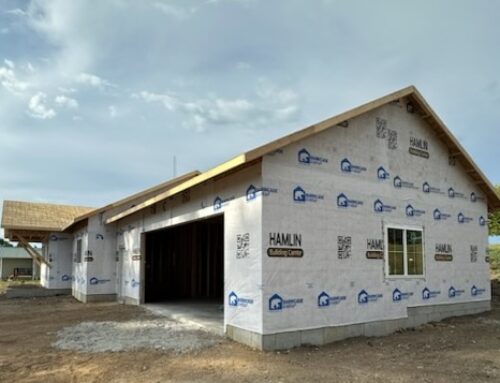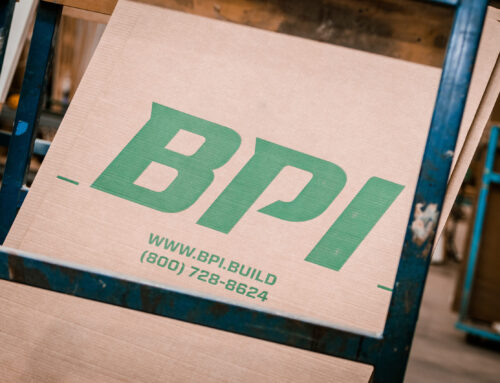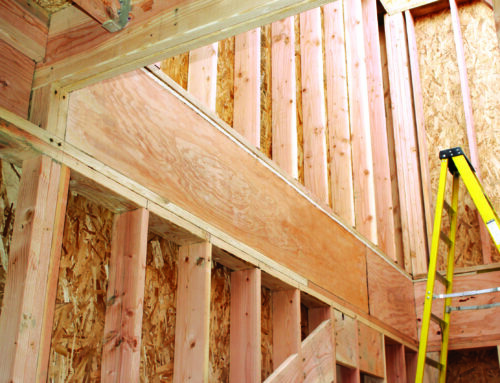For distributors, your warehouse is the hub of all your operations — it’s the heart of your business in more ways than one. Not just because it’s central and connected to all your other vital processes — but because the health and viability of your business depends on its proper functioning to improve warehouse efficiency.
This means keeping an informed and critical eye on warehouse management can be as important as having a cardiologist take a look at your heart — to make sure everything is ticking along as it should.
In our previous post, we discussed the 11 key elements that add up to the Total Cost of Procurement (TCP). We also covered what you can do to control the specific costs that affect the purchasing sides of the equation.
Now let’s look at something equally important: what goes on inside your warehouse and yard, and how a smarter, more efficient, and more “heart-healthy” approach can help you dramatically rein in your total cost of procurement.
Warehouse Process Flow: Reducing Mistakes and Increasing Productivity

Reducing and eliminating errors should be a guiding principle in making sure that your warehouse and yard are functioning at peak efficiency.
One of the most critical steps you can take to minimize errors and boost productivity is to understand material flow in your warehouse and yard. This means getting a handle on the schedule: noting what times of day are busiest for receiving, and when it ebbs.
This awareness enables you to make strategic decisions about how to handle incoming orders. It will also allow you to structure your daily schedule to sync with the rhythm of order picking, creating time to tackle unresolved issues and meet your goal of doing more with the same number of team members without generating errors.
Organization Helps Prevent Warehouse Mistakes from Multiplying
Mistakes in receiving have multiplying, adverse effects that can get out of hand. Jason Bader, distribution consultant and principal of The Distribution Team, estimates that for every one mistake in receiving, up to ten additional errors are generated in your warehouse. Think about how one driver’s error at the wrong moment can cause a chain reaction for other cars on the highway. The traffic of material through your warehouse is no less vulnerable to disruption.
That brings us back to the total cost of procurement because the cost of cleaning up and resolving all those additional errors can drive up your operating expenses as well, inflating your TCP in the process.
For this reason (among others), your most organized and capable team members should oversee receiving. This way, they can spot and prevent issues before they get out of hand and make sure proper procedures are followed.
Your shipping team needs to be fine-tuned for accuracy too. Eliminating errors may require double-checking orders and taking extra care with packaging, as well as refining systems for staging orders and loading them for outbound delivery. But there’s also a more technologically enhanced way to help fine-tune and manage your warehouse management process flow.
The Importance of a Warehouse Management System
In addition to strategic oversight, having the right tech in place can play a transformative role in improving the efficiency of your warehouse and yard — which will, in turn, help lower your TCP.
You’ve probably already got an ERP in place — but do you have a well-chosen and well-configured Warehouse Management System (WMS)? An effective WMS offers enormous benefits, including streamlined operations, better visibility into your inventory, and more accurate order fulfillment. It allows you to provide better customer service — thereby strengthening customer satisfaction and retention in the process.
Having a well-structured warehouse and the ability to track inventory in real-time and locate items in your warehouse faster, you’ll get the correct items to your customers faster. With more accurate inventory counts and better visibility into stock, you’ll be able to do a smarter (and leaner) job of ordering and keeping inventory at just the right level to avoid the problems caused by the extremes of being out of stock or overstocked.
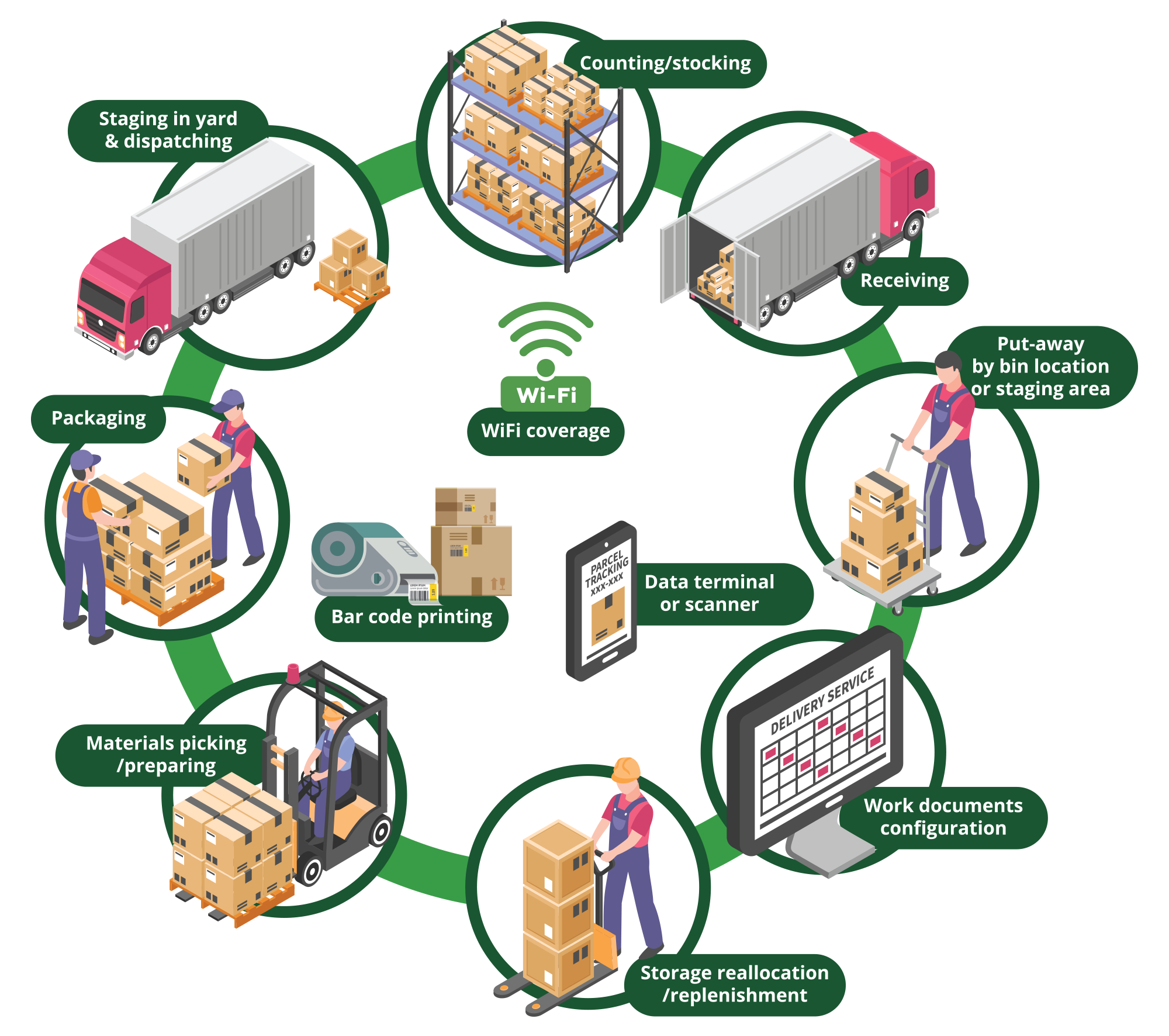
Strategic Inventory Control in Your Warehouse Management System
One of the best benefits of a WMS is that it helps reduce human error in data entry and order picking by using scanners or data terminals on your mobile device. Plus, it speeds up processes and frees labor to focus on higher-level tasks.
Another helpful application of a WMS is directed put-away. Instead of drivers needing to remember complex criteria in order to decide which bin each shipment should be stored in, your system can simply direct them to the correct bin (or assigned area in the yard) — with all of the necessary considerations already baked into the decision. This may involve rules like FIFO (First In, First Out), FEFO (First Expired, First Out), and LIFO (Last In, First Out) to optimize your storage space. For example, items bundled together in Job Packs by BPI ready for immediate delivery to a job site can be staged in the yard by a delivery truck or locale.
A partial list of valuable WMS features you can take advantage of includes:
- Receiving and directed put-away
- Inventory management
- Yard visibility
- 3D visual warehouse
- Wave planning and allocation
- Replenishment
- Task management and Task interleaving
- Goods picking and preparing
- Barcode printing
- Cross-docking
- Load management
- Embedded labor management
- Appointment scheduling
- Kitting and value-added services (VAS)
- Dispatching, logistics, and delivery
- Supply chain management and visibility
- Cloud-based analytics
- Forecasting
- Realtime reporting
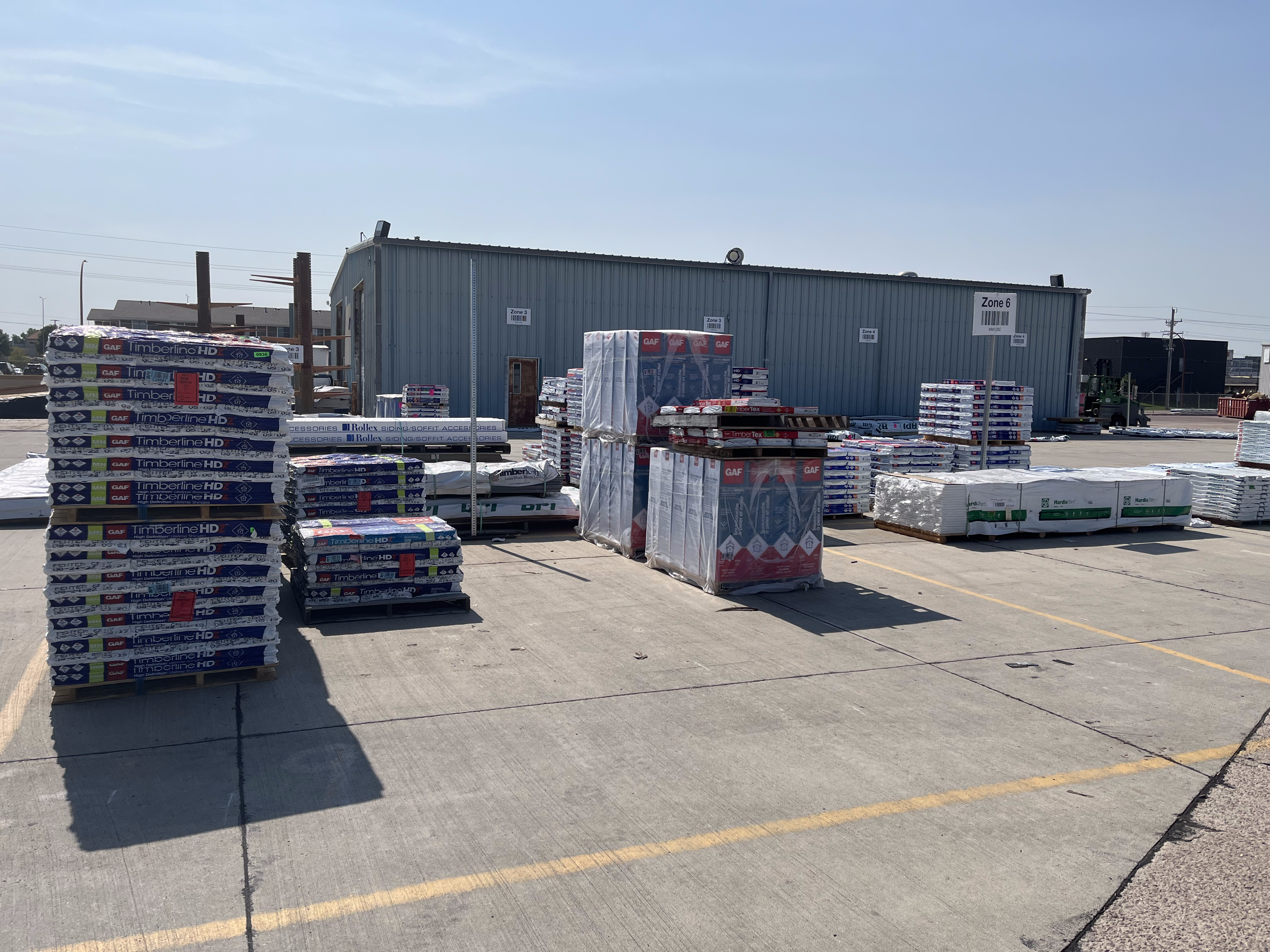
How BPI Can Help Lower Costs in Your Warehouse
Your warehouse and yard are the heartbeat of your business. BPI helps lumberyards diagnose and solve warehouse management issues that impact TCP — and then assists in creating a heart-smart action plan that can put you on the road to long-term health and viability.
Here are a few of the most important ways we can help:
- BPI offers an optimized bin location system using a WMS designed to maximize order accuracy. Clearly marked and designated staging areas in the yard for efficient loading and delivery avoids errors and gets the product to you quicker. BPI began its Lean journey with the Fargo facility, implementing 5S visual management systems, cellular workstations, SMART product placement, and instituting best practices to improve customer service.
- Enhanced packaging processes are another way we ensure that products are protected during transport, arrive at your yard free of damage, and are labeled for easy identification and delivery to a job site. Our new packaging has substantially reduced returns for lumberyards and reduced turn-around time as well.
- BPI Job Packs help prevent mistakes and reduce internal handling by packaging together related items (e.g., millwork, including doors, trim, hardware, etc.) so they arrive at the lumberyard or are delivered directly to a builder’s job site simultaneously. This saves the lumberyard time by enabling quick turnaround for builder or contractor orders and creating a good user experience for builders. (For more on this, check out 8 Reasons to Buy Doors from BPI.)
- We also bring you the BPI Picture Delivery Program for easy tracking so you can access visual proof of delivery upon request. If you’re not sure when something arrived or where it was delivered, the Delivery Picture Program will provide some extra clarity. It’s there to help you maintain an accurate inventory, saving you the time and effort of searching for missing products. Proof of delivery also helps reduce and mitigate theft.
Want to know more? Get in touch with us to find out how BPI can help diagnose problems, fine-tune processes, reduce costs, and increase your margins.

